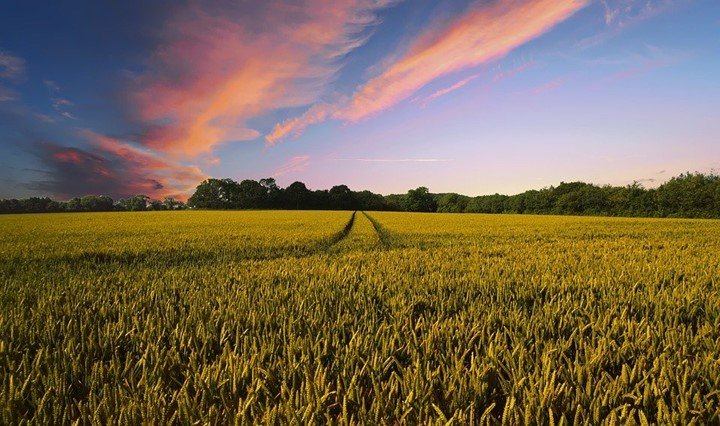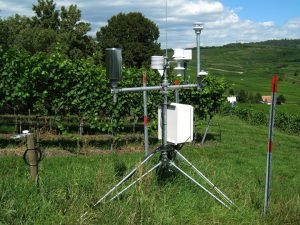Appropriate and suitable crop monitoring requires high technical and scientific estimations to enhance agricultural sustainability and effective plant health. This creates smart agriculture that increases yields with quality nutrients.
1. Monitoring thermal radiation
This is useful in determining crop water stress since most plant leaves temperature is strongly mediated by water availability in the soil and their effect on crop evapotranspiration.
2. Water Management
Water is of utmost importance to crops, and production is limited mainly due to poor irrigation timing and insufficient water application. Therefore, remote sensing provides strategies on the quantity of water needed in irrigation by monitoring plant water status and estimating crop coefficients.
3. Evaluating Plant water status
Remote sensors determine whether the plants are meeting inspirational demands of the atmosphere and reducing plant water status from that measurement.
4. Measuring Salinity stress

Salts in soils and water are key factors in producing many plants; thus, remote sensors identify soils that are contaminated by detecting changes in spectral properties of crops growing in affected areas.
5. Nutrient Management
Managing nutrients efficiently is a challenge to production in agriculture. However, Remote sensors can detect the nutrient deficiencies early, avoiding yield and quality loss.
6. Weeds management
Weeds are a big headache to growers because they compete with crops for nutrients and light reducing crop yield and quality. Remote sensors detect the extent of weed patched within the field, helping in targeted aerial spray rigs. Such approaches avoid applications to weed-free areas and potential contamination of groundwater.
7. Yield Prediction
Yield is a crucial end-of-season observation integrating the cumulative weather effect and crop management practices over the entire season. Remote sensing gives growers assessments of the final yield and shows variations across fields.
8. Plant population estimation

Plant density is one of the important factors that affect crop productivity. Plants’ populations vary due to factors such as planter performance, weather, and soil parameters. Remote sensing provides early-season estimation on plant destiny that guides growers on identifying seedlings for replanting.
9. Assessment of crop condition
Changes in a plant may occur due to stress that results in changes in the spectral reflectance characteristics. Monitoring a crop at regular intervals during its growth cycle is necessary so that appropriate measures may be taken and assess information on probable loss of production.
10. Disease management
Remote sensors can detect crop diseases and assess their impact on crop production.
11. Monitoring Soil properties
Remote sensors can display more soil features that are crucial in the soil management of crops.
12. Agricultural Drought assessment
Remote sensing data on drought assessment is used at the operational level. The data helps in formulating preventative and corrective strategies aimed at combatting drought.



